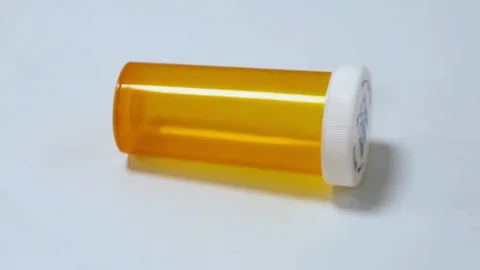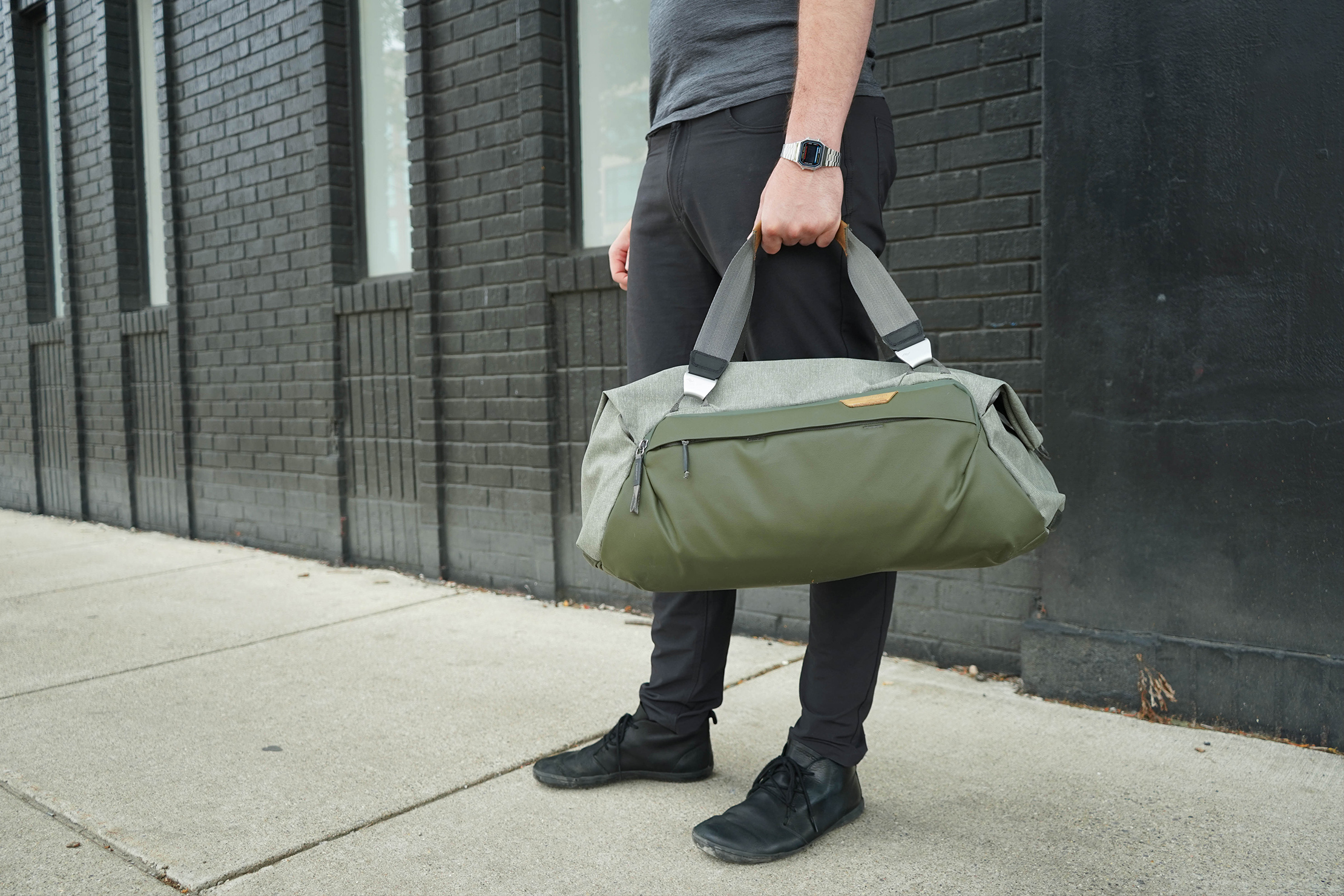Child safety is a top priority in modern packaging design, particularly in industries handling medications, cannabis, household chemicals, and supplements. Despite growing awareness, many manufacturers still make critical mistakes when developing or choosing child-resistant containers. These missteps can lead to failed safety compliance, product recalls, legal liability, and most importantly, risk to children’s health.
Understanding common pitfalls in child-proof packaging is essential for brands, designers, and product developers alike. In this article, we’ll explore the most frequent mistakes in child-resistant packaging, explain their consequences, and show how innovative solutions like the ROUND CR TIN-B can help avoid them altogether.
1. Assuming “Child-Proof” Means 100% Inaccessible
One of the most widespread misconceptions is that child-resistant packaging is supposed to be completely “child-proof.” In reality, no packaging is truly impenetrable—especially to older or particularly determined children.
Why It’s a Mistake:
Designing for unrealistic standards often leads to overcomplicated closures that frustrate adult users while still failing to meet actual regulatory requirements. The goal is to delay access long enough to prevent accidental ingestion—not to create an indestructible container.
How to Avoid It:
Use certified designs like the ROUND CR TIN-B, which comply with internationally recognized standards (such as 16 CFR § 1700.20 in the U.S.). These standards require packaging to resist opening by children under five, while remaining accessible to most adults.
2. Overlooking Accessibility for Adults and Seniors
Another common error is prioritizing child-resistance at the expense of user-friendliness for adults. Seniors and those with disabilities may struggle with packaging that requires excessive force or dexterity.
Why It’s a Mistake:
If users can’t open the product easily, they may attempt unsafe workarounds—such as leaving containers partially open—or transfer the product into a non-compliant container, defeating the purpose of child-resistant packaging.
How to Avoid It:
Test usability across a wide demographic range. The ROUND CR TIN-B excels in this area by offering intuitive push-and-turn mechanics with ergonomic design, achieving a balance between safety and convenience.
3. Choosing the Wrong Materials
Plastic remains the most commonly used material in child-resistant packaging. However, poor-quality plastics can degrade, crack, or warp over time—compromising safety and sustainability.
Why It’s a Mistake:
Low-quality materials reduce durability and can fail under heat, moisture, or frequent use. Additionally, in today’s environmentally conscious market, excessive plastic use can hurt a brand’s reputation.
How to Avoid It:
Opt for sustainable, durable materials. The ROUND CR TIN-B is made from recyclable tinplate, making it both robust and environmentally friendly. It’s a great choice for brands that want to pair safety with sustainability.
4. Neglecting Proper Testing and Certification
Packaging that is merely “difficult to open” isn’t necessarily compliant. Without proper child-resistance testing and certification, a product cannot be marketed as safe—no matter how secure it seems.
Why It’s a Mistake:
Uncertified containers can expose your company to lawsuits, fines, and forced recalls. Worse, they offer a false sense of security to consumers.
How to Avoid It:
Work only with suppliers who provide documentation proving compliance with local regulations. For instance, ROUND CR TIN-B containers are rigorously tested and certified, making them a reliable solution for compliance-driven industries.
5. Using a One-Size-Fits-All Solution
Not all products need the same level of child resistance. Choosing the wrong type of container can lead to under- or over-protection depending on the product’s risk level.
Why It’s a Mistake:
Failing to match the packaging to the product type—such as using a lightly secured jar for cannabis edibles—can lead to accidental poisoning. On the other hand, over-engineering packaging for low-risk items can increase cost and reduce user satisfaction.
How to Avoid It:
Assess product risk, intended user base, and storage environment. ROUND CR TIN-B comes in various sizes and can be customized for different products—ideal for packaging everything from supplements to CBD creams.
6. Forgetting About Branding and Shelf Appeal
Many child-resistant containers are purely functional, overlooking design and branding potential. This often results in unattractive packaging that fails to resonate with the target audience.
Why It’s a Mistake:
In industries like cannabis and wellness, packaging is part of the customer experience. Plain, industrial containers may fail to communicate brand quality or aesthetic appeal—costing you sales.
How to Avoid It:
Use customizable containers that protect your product and promote your brand. With sleek finishes and labeling options, the ROUND CR TIN-B supports both functionality and high-end design, helping your product stand out on the shelf.
7. Inconsistent Manufacturing Standards
Using multiple suppliers or low-budget manufacturers often leads to inconsistency in packaging performance, even among identical products.
Why It’s a Mistake:
Inconsistency can lead to consumer complaints, safety hazards, and damage to brand trust.
How to Avoid It:
Partner with a trusted, reputable manufacturer of child-resistant containers like ROUND CR TIN-B. These containers are manufactured under strict quality control standards, ensuring every unit performs as expected.
8. Ignoring Environmental Regulations
With growing pressure on companies to minimize waste and carbon footprints, many jurisdictions are introducing packaging regulations aimed at reducing environmental harm.
Why It’s a Mistake:
Failing to comply with eco-packaging standards could affect your ability to sell in certain markets—or alienate eco-conscious customers.
How to Avoid It:
Choose environmentally friendly child-resistant packaging solutions. ROUND CR TIN-B containers are recyclable, reusable, and align with modern sustainability goals.
9. Improper Labeling
A secure container won’t do much good if users don’t understand how to open or store it correctly. Labels must clearly indicate instructions and warnings.
Why It’s a Mistake:
Vague or missing instructions can lead users to mishandle the container, rendering the child-resistant feature ineffective.
How to Avoid It:
Ensure all packaging includes clear instructions for proper use and storage. The ROUND CR TIN-B can be easily labeled with both branding and regulatory information.
10. Focusing Only on the Closure
Many brands invest in tamper-resistant or child-proof closures but ignore the rest of the container’s construction—like thin walls, sharp edges, or unsecured bases.
Why It’s a Mistake:
Children are curious and resourceful. If the body of the container is weak, they may find ways to bypass the lid altogether.
How to Avoid It:
Choose holistic packaging designs. The ROUND CR TIN-B is not just about the cap—it’s a full-system design that integrates safety into every part of the container.
Final Thoughts: Design with Safety, Compliance, and Consumers in Mind
Avoiding common mistakes in child-resistant packaging isn’t just about meeting legal requirements—it’s about protecting families, building brand trust, and staying competitive in a conscientious market. The right packaging can make a significant difference, and the ROUND CR TIN-B sets the standard for combining child resistance with sustainability, design, and performance.
By choosing reliable, tested, and user-friendly child-resistant containers, manufacturers can ensure their products are safe, marketable, and aligned with modern consumer expectations.
Invest in smarter safety. Avoid the mistakes. Choose ROUND CR TIN-B.


